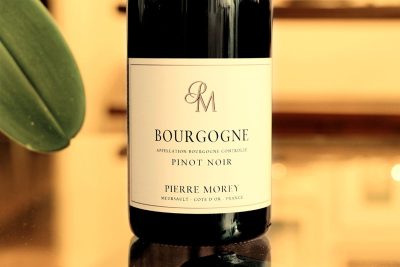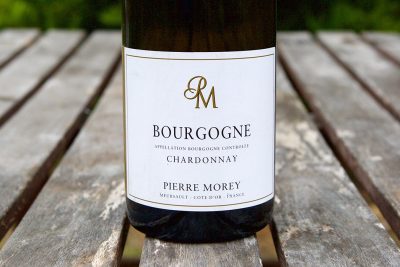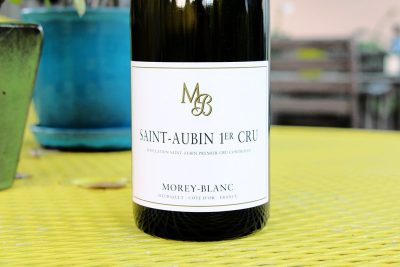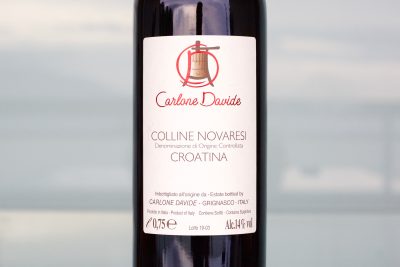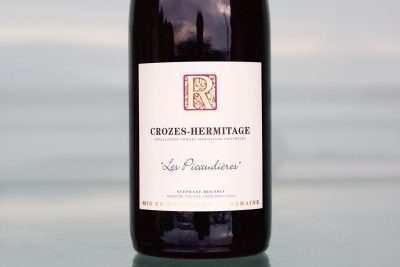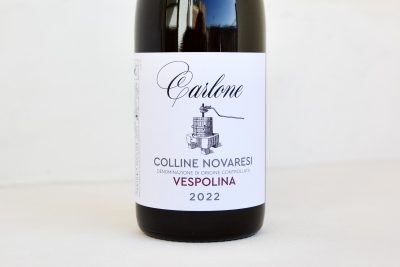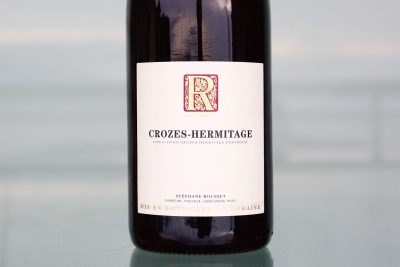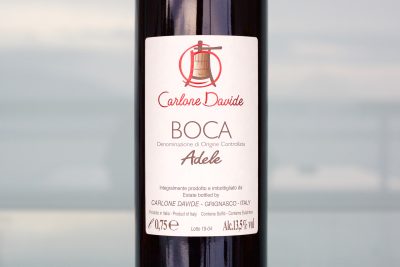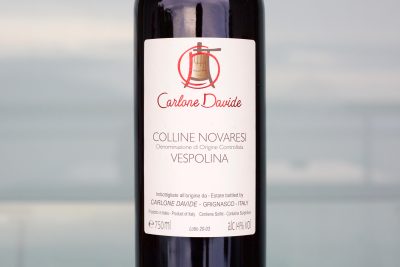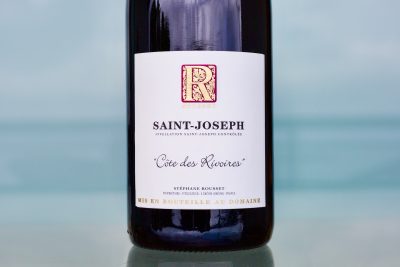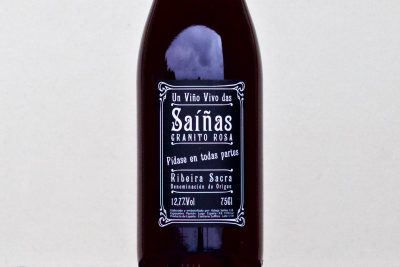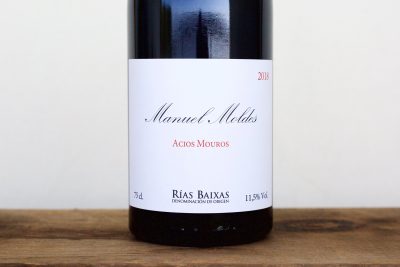About The Wine
Pierre Morey’s Pommard 1er Cru Grands Epenots is the top of their domaine’s red range. As noted in every Burgundy book ever published, this is one of the great red wine vineyards of the Côte d’Or, a “super second” that could be reclassified as a grand cru, if that were ever to happen. The story is never simple, but we’ll try to keep it that way. It’s difficult to explain precisely why certain vineyards separate themselves from others just next door, but the Epenots premier crus do differ greatly in the overall wine composition and the other premier crus in the appellation. The explanation here seems to be its unique geological setting. It’s a flat vineyard that looks completely ordinary to the eye, save the beautiful, tall limestone rock walls that enclose some of its interior lieux-dits. But it’s what’s underneath where the magic lies: the statement of statements about the intricacies of Burgundy.
Grands Epenots maintains a reputation of being nearly untouchable in its youth compared to other wines in Burgundy that have greater immediate appeal, are not as challenging or demand less from the taster, when young. This is not always the case, and with a gentle touch in the vineyard and cellar that can soften even the most gigantic powerhouses of Burgundy, we ask what’s not to enjoy about Grands Epenots early on? These days, you don’t have to wait until you look like your parents or grandparents to get around to finally knocking off one of these wines at a prime moment.
Planted in 1965, Morey’s 0.43 hectare (nearly an acre) parcel has, like the rest of the cru, a somewhat medium-depth clay topsoil, tinged dark reddish orange and brown in color, famously due to its heavy iron oxide content, an element that seems to further a wine’s power and enriches its palate textures.
Let’s face it, Burgundy drinkers (especially those new to it) generally avoid appellations with a historic reputation of power and structure over finesse, those wines still commonly (and mistakenly!) referred to as too difficult to drink in their youth. But things have changed significantly, and growers who work with appellations like Nuits-Saint-Georges Corton and Pommard, have done a lot of work to navigate and curb toward a gentler direction the structure of these wines. And, there’s probably never been a better time, or vintage, to explore these appellations without feeling like you’re going to fall into despair because you’ve pulled the cork on an expensive wine years, and even decades too early. I think that even if a wine is tough when young, there are few that won’t soften and find something gentler to say if aerated for the proper amount of time. I’ve had many bottles of structured Burgundy when I’ve been out on sales trips that seemed almost impenetrable in the morning but a few hours later they began to steal the show and I needed to tell the buyers its evolution to prevent selling it to a customer that didn’t have the time to allow the wine to properly emerge.
It has been my experience that biodynamically farmed red Burgundy (and other wine in general) tends to be even more supple and less angular than those with less respectful agricultural practices. This makes an even more compelling case for the accessibility of Morey’s Pommard Grands Epenots and other biodynamic wines of the same caliber. It’s a wine that can be enjoyed early on, but make no mistake; this is not a crunchy, bright beam of light. Morey’s Grands Epenots is substantial and it will need the right company, occasion and time after being opened to fully express it’s pedigree. This is the kind of wine that is perfect wine for a long weekend day of cool weather cooking. Pull the cork early and take occasional small tastes over hours while putting the meal together. If given the right amount of time and these steady micro-doses of aeration, it will evolve and be dressed in time for dinner.


